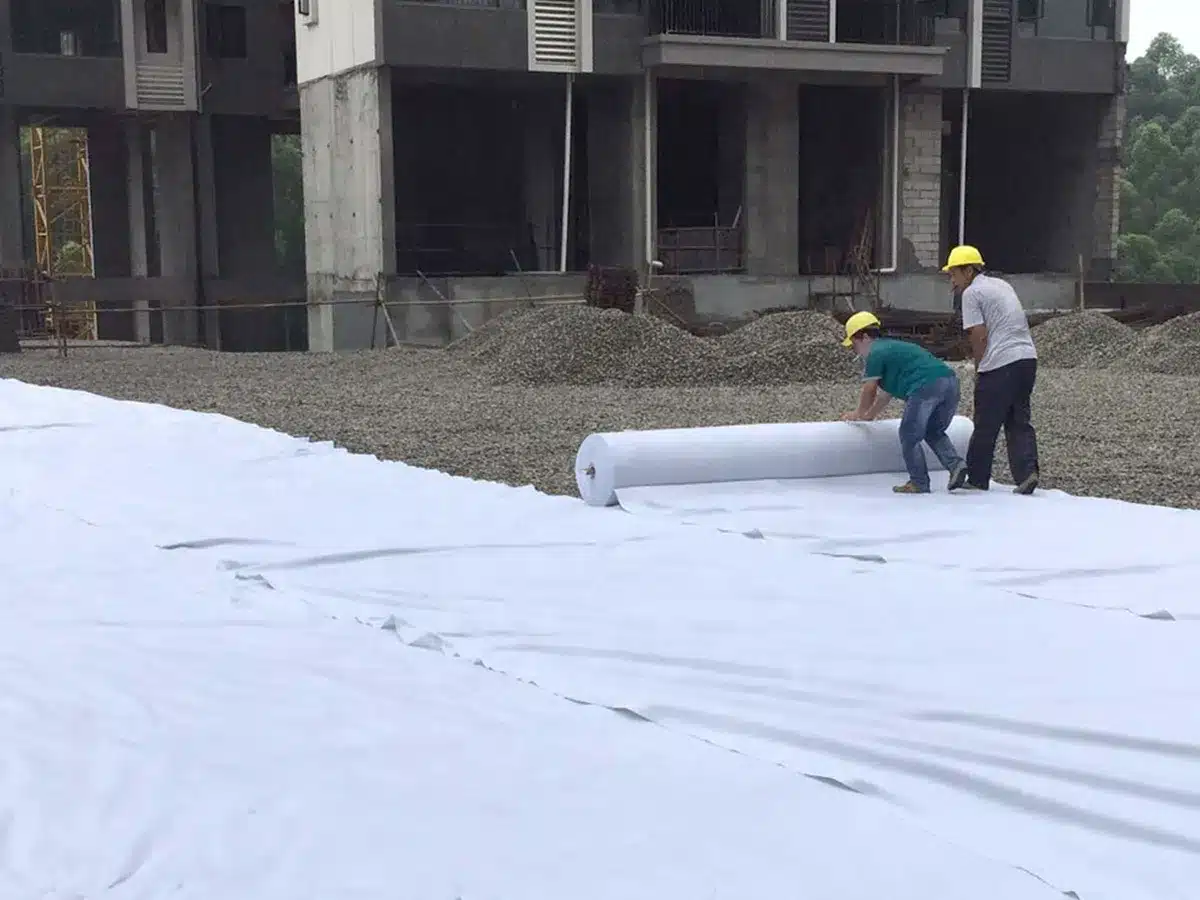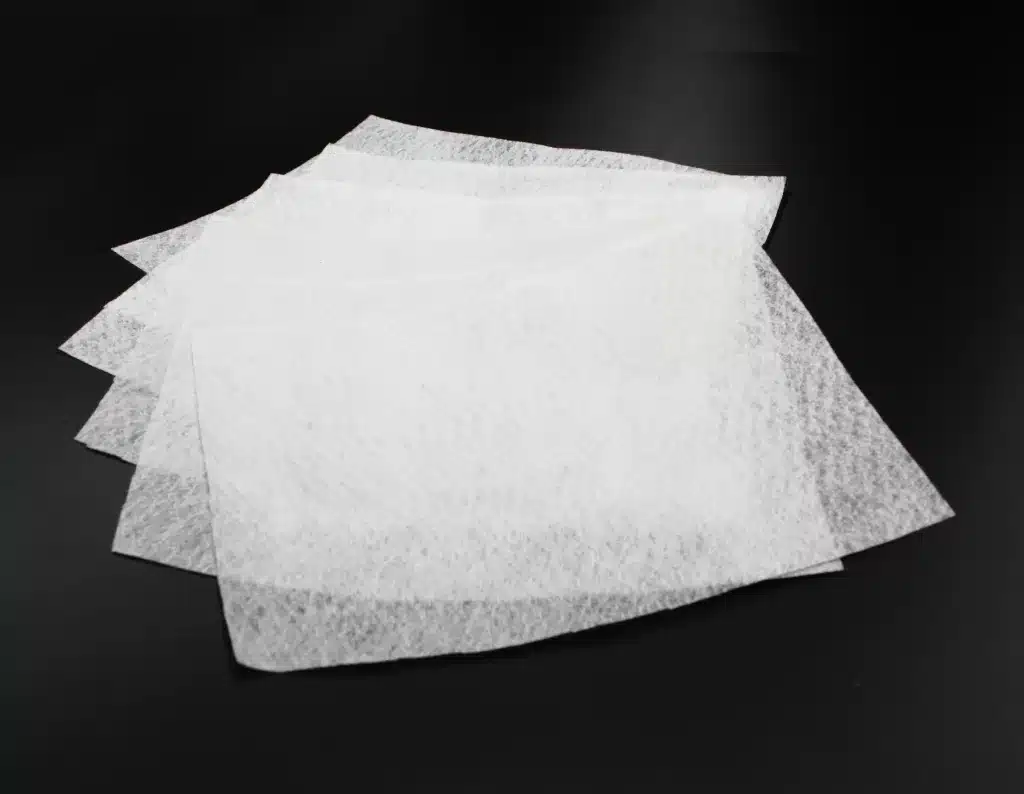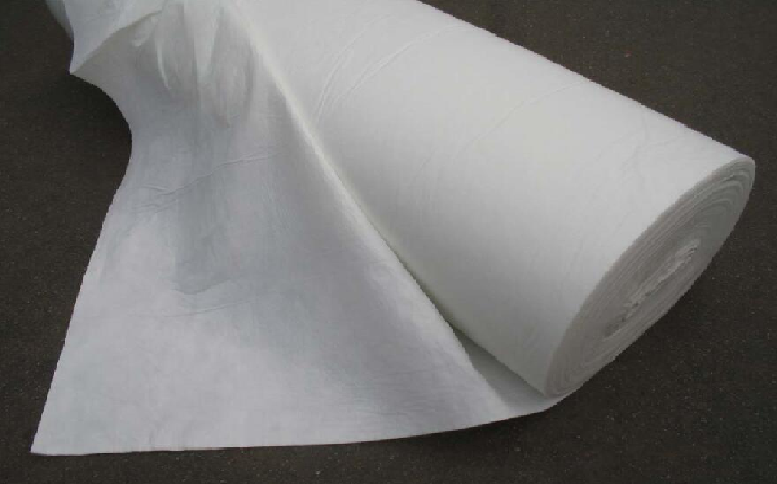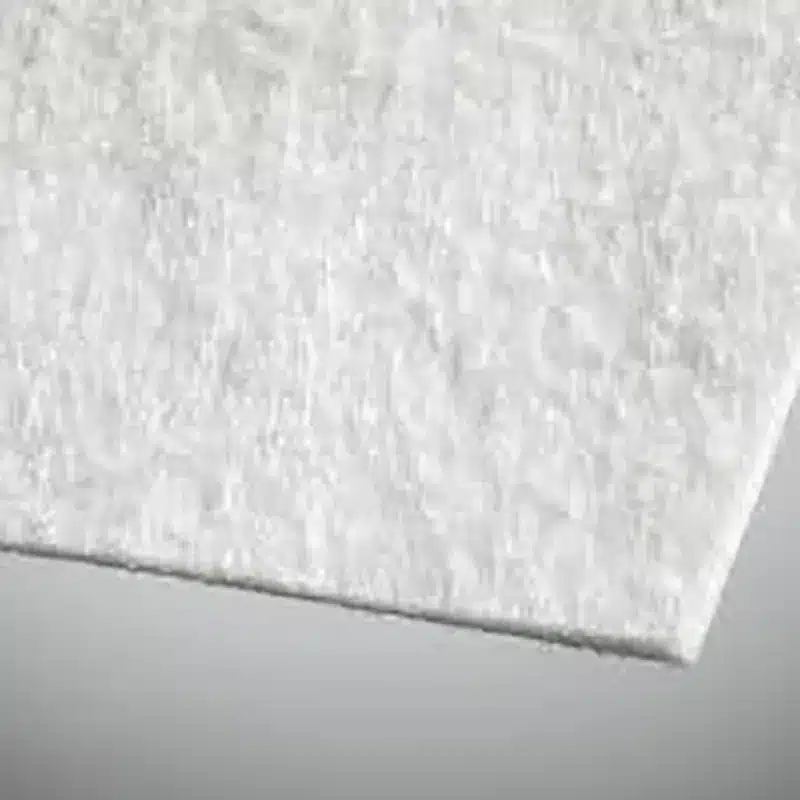How Geotextile Fabrics Prevent Soil Mixing and Improve Structural Integrity
Geotextiles are versatile materials used in a wide array of engineering and environmental applications. Constructed from synthetic fabrics, these materials are pivotal in functions such as soil stabilization, drainage, erosion control, draining water, separating different soil from each other, and reinforcing soil. Initially linked to construction, geotextiles have broadened their utility in landscaping, environmental management, and infrastructure development. In this article, we will explore the various uses of geotextile fabric, the areas where it is applied, and its significance across different industries.
What is the purpose of geotextile?
Geotextiles are primarily used for their ability to filter, separate, reinforce, drain, or protect the soil. They serve as a barrier between distinct soil layers, preventing mixing and enhancing structural integrity. In addition, they improve drainage by permitting water flow while capturing particles that may otherwise clog drainage systems. Geotextiles are essential in extending the lifespan and functionality of infrastructure, including roads, embankments, and erosion-prone slopes.

Where do you put geotextile fabric?
Geotextile fabric is frequently used in areas where soil erosion or sedimentation may occur. It is applied in foundations, drainage systems, roads, embankments, and driveway and road applications to facilitate separation and filtration. For instance, geotextiles are placed beneath roadbeds to prevent soil layers from mixing, thereby ensuring roads are stable and durable. Additionally, geotextiles are utilized in landscaping projects, such as drainage trenches, garden beds, or around retaining walls, to effectively manage erosion.
When to use geotextile fabric?
Geotextiles are essential when soil conditions need reinforcement or stabilization. They are particularly useful in areas prone to erosion, flooding, or unstable soils, enhancing the performance of the overall structure. Typical applications for woven geotextile fabrics are beneath driveways, parking lots, residential streets, and highways. The products have proven to be particularly effective in bridging over either wet, weaker, or less desirable subgrade materials. For instance, in construction projects with heavy traffic or load-bearing structures, geotextiles help distribute weight evenly and prevent ground settlement. They are also applied in landscaping to prevent soil displacement and preserve the integrity of garden beds.
What are the three types of geotextile fabric?
Geotextiles can be classified into three types, each based on the manufacturing process and intended application: open-mesh or woven fabric, knitted, and closed fabric or nonwoven.
- Woven Geotextiles: Constructed from synthetic fibers woven together, these fabrics are highly durable and are typically used in applications that require significant strength, such as in road construction and soil stabilization.
- Nonwoven Geotextiles: These are created by bonding fibers through techniques like needle punching or heat bonding. They are flexible and excel at drainage and filtration, making them ideal for drainage systems, erosion control, and agricultural purposes.
- Knitted Geotextiles: These geotextiles are made by knitting fibers together, providing a combination of flexibility and strength. They are commonly used in environmental applications, particularly for erosion control.
Geotextiles serve essential functions in various industries, providing solutions for soil separation, drainage, reinforcement, and erosion control. Whether you’re building a highway, constructing a foundation, or protecting a landscape, these materials play a key role in maintaining structural integrity and improving performance. The three main types of geotextiles—woven, nonwoven, and knitted—offer different benefits depending on the application. Understanding when and where to use geotextile fabric is crucial to optimizing its effectiveness in diverse fields such as civil engineering, landscaping, and environmental management.



Comments
Post a Comment